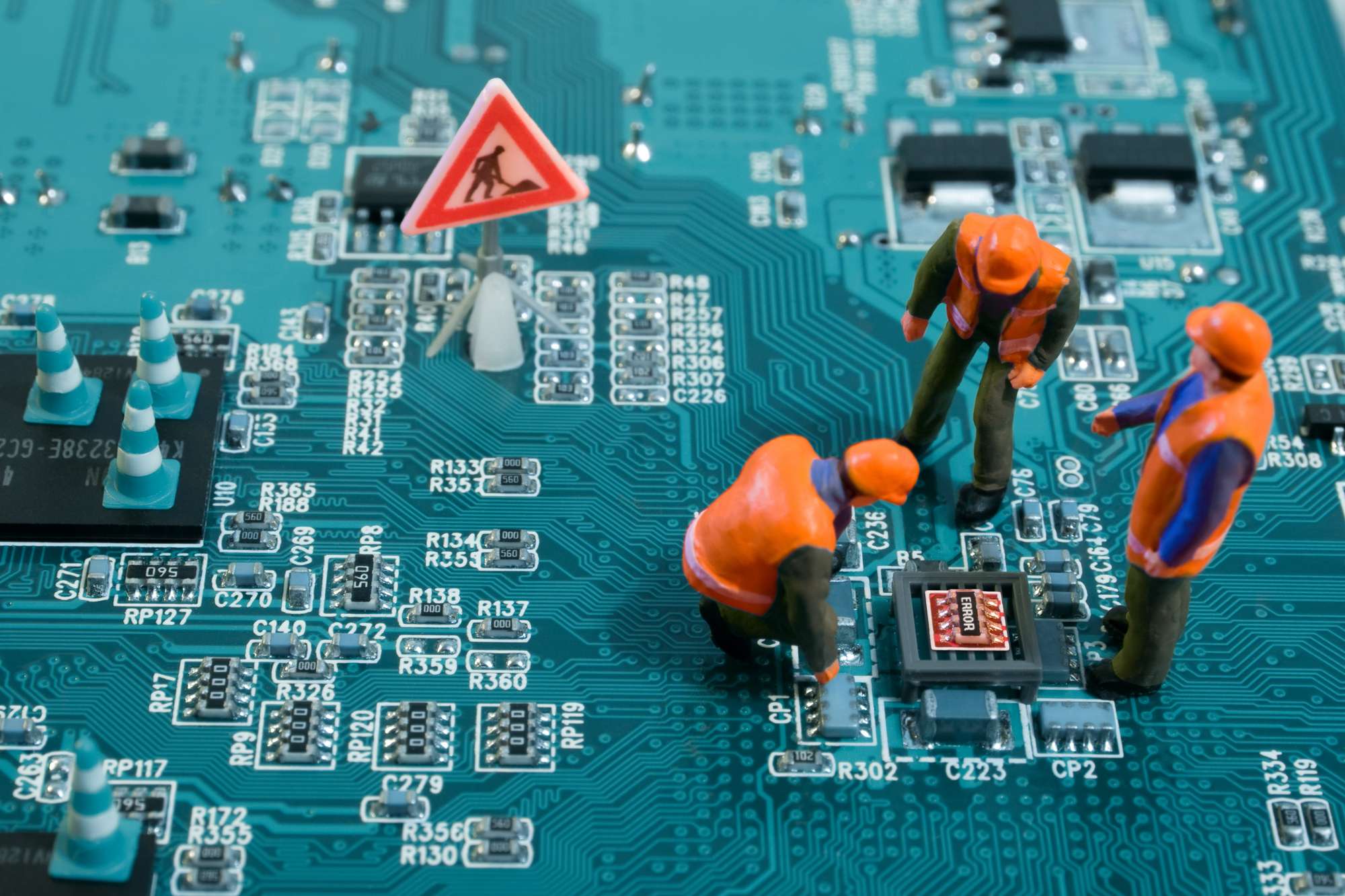
Blog / Business Class vs. Consumer Grade Electronics
EoS and EoL Dates for Beginners
Although it’s pretty commonly understood that it’s important to do adequate research before making a purchase, the unfortunate truth is that most of the time the only questions that get asked are “Can this thing get the job done?” and “How much does it cost?” Sometimes someone will ask about life expectancy, but it surprisingly rarely gets considered initially (the prevailing opinion being that it will work until it fails and need replacing.
The problem with that mindset is that when something important breaks, someone can’t do their job. Depending on what equipment fails, or how many people are affected, the impact of a failure could wind up being fairly costly.
So what can be done to prevent this? It requires a bit of a recalibration of thinking. Rather than waiting for a costly failure, plan for equipment to expire by the end of its life cycle and then replace it, even if it’s not broken.
Replacing equipment only when it breaks may work in your personal life, but from a business perspective it’s really not the best course of action. A business should have a process for purchasing since it generally involves multiple people and an approval process for the purchase. Also, businesses should be purchasing business class equipment, not consumer grade.
One of the biggest differences you’ll find with business class equipment as opposed to consumer grade products is the price tag (there’s a bit of jump between the two categories). More importantly though, business class equipment comes with an End of Support (EoS) date or an End of Life (EoL) date and sometimes both. Some companies use EoS when they mean EoL but it’s important for IT and security to understand the general distinction even if vendors play fast and loose with the terms.
So what is the difference? Products that include the option to have support (software, firewalls, etc.) come with an End of Support date. An EoS date is the last date you can expect help (or support) from the vendor (although oftentimes you can still get limited support).
The End of Life date, however, is a much harder deadline. After the EoL date the vendor/manufacturer has no obligation to provides updates, support, training, fixes, repairs, or anything else. The product has literally reached the end of its life.
It’s not the best idea for a business to keep a product past its EoS date but it’s a really bad idea to keep a product past its end of life. It’s also important to pay attention to these dates since there’s no guarantee they won’t change but this information should be publicly available before you make a purchase. If you haven’t outsourced your tech acquisition or consulted with an MSP about it, make sure to think about how long you’ll be using equipment for and what the EoS/EoL dates are. It might just change your decision.
If you have any questions about business class products, please reach out to your TRINUS Account Manager for some stress-free IT.
For today’s bit of Shakespeare I’ll pull a line from A Midsummer Night’s Dream, Act 5, scene 1: “It’s not enough to speak, but to speak true.”
Be Kind, Courtesy of Your Friendly Neighbourhood Cyber-Man.

















